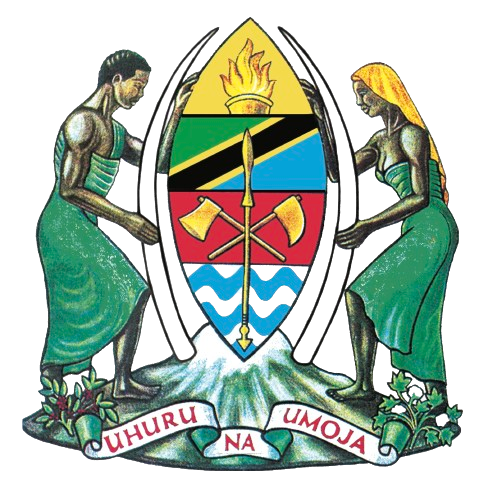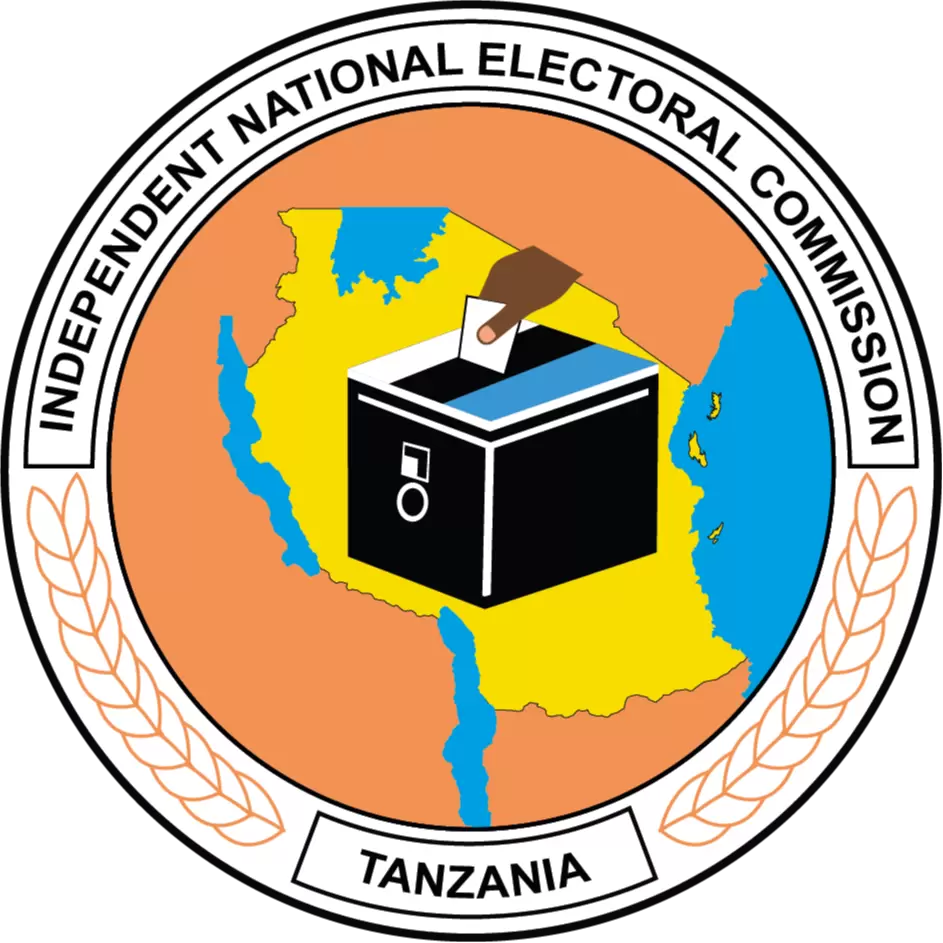Cassava brown streak disease in Rwanda, the associated viruses and disease phenotypes
- 2nd April, 2022 15:10
- By CHONA.MAHUSHI
- Papers
Author(s) : Munganyika, E., Ateka., Kihurani, W., Kanyange, M.C., Tairo, F., Sseruwagi, P and Ndunguru, J
Cassava brown streak disease (CBSD) was first observed on cassava (Manihot esculenta) in Rwanda in 2009. In 2014 eight major cassava-growing districts in the country were surveyed to determine the distribution and variability of symptom phenotypes associated with CBSD, and the genetic diversity of cassava brown streak viruses. Distribution of the CBSD symptom phenotypes and their combinations varied greatly between districts, cultivars and their associated viruses. The symptoms on leaf alone recorded the highest (32.2%) incidence, followed by roots (25.7%), leaf + stem (20.3%), leaf + root (10.4%), leaf + stem + root (5.2%), stem + root (3.7%), and stem (2.5%) symptoms. Analysis by RT-PCR showed that single infections of Ugandan cassava brown streak virus (UCBSV) were most common (74.2% of total infections) and associated with all the seven phenotypes studied. Single infections of Cassava brown streak virus (CBSV) were predominant (15.3% of total infections) in CBSD-affected plants showing symptoms on stems alone. Mixed infections (CBSV + UCBSV) comprised 10.5% of total infections and predominated in the combinations of leaf + stem + root phenotypes. Phylogenetic analysis and the estimates of evolutionary divergence, using partial sequences (210 nt) of the coat protein gene, revealed that in Rwanda there is one type of CBSV and an indication of diverse UCBSV. This study is the first to report the occurrence and distribution of both CBSV and UCBSV based on molecular techniques in Rwanda.


